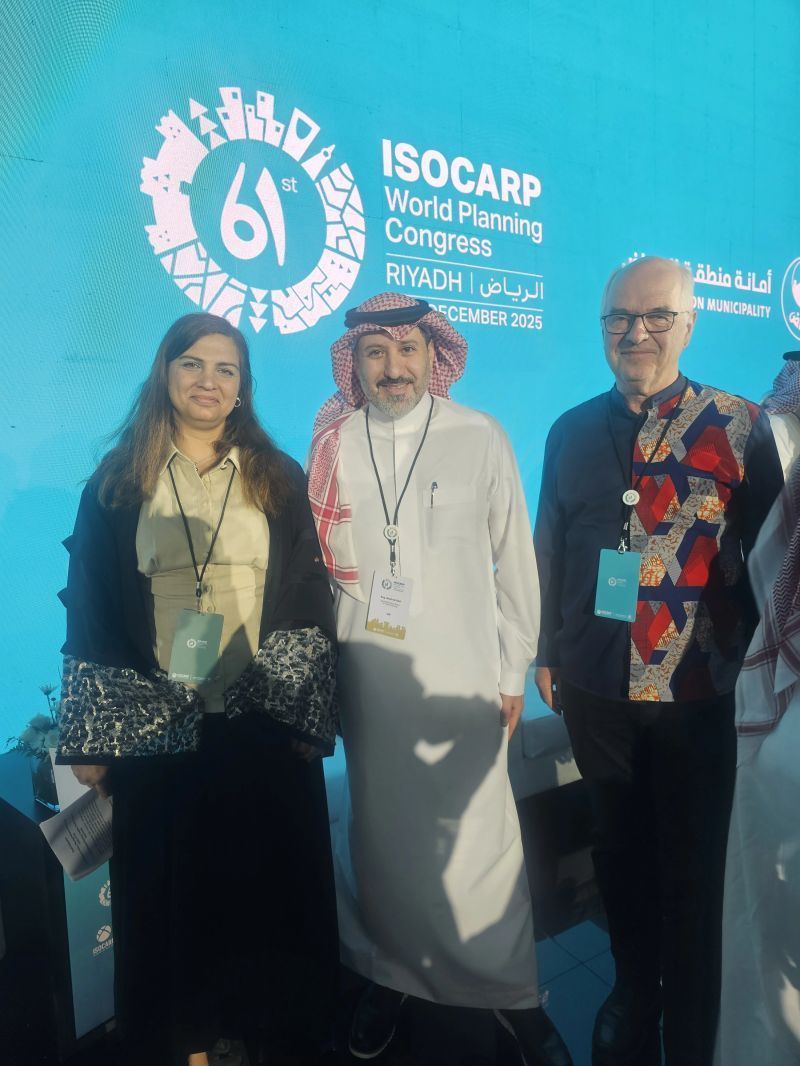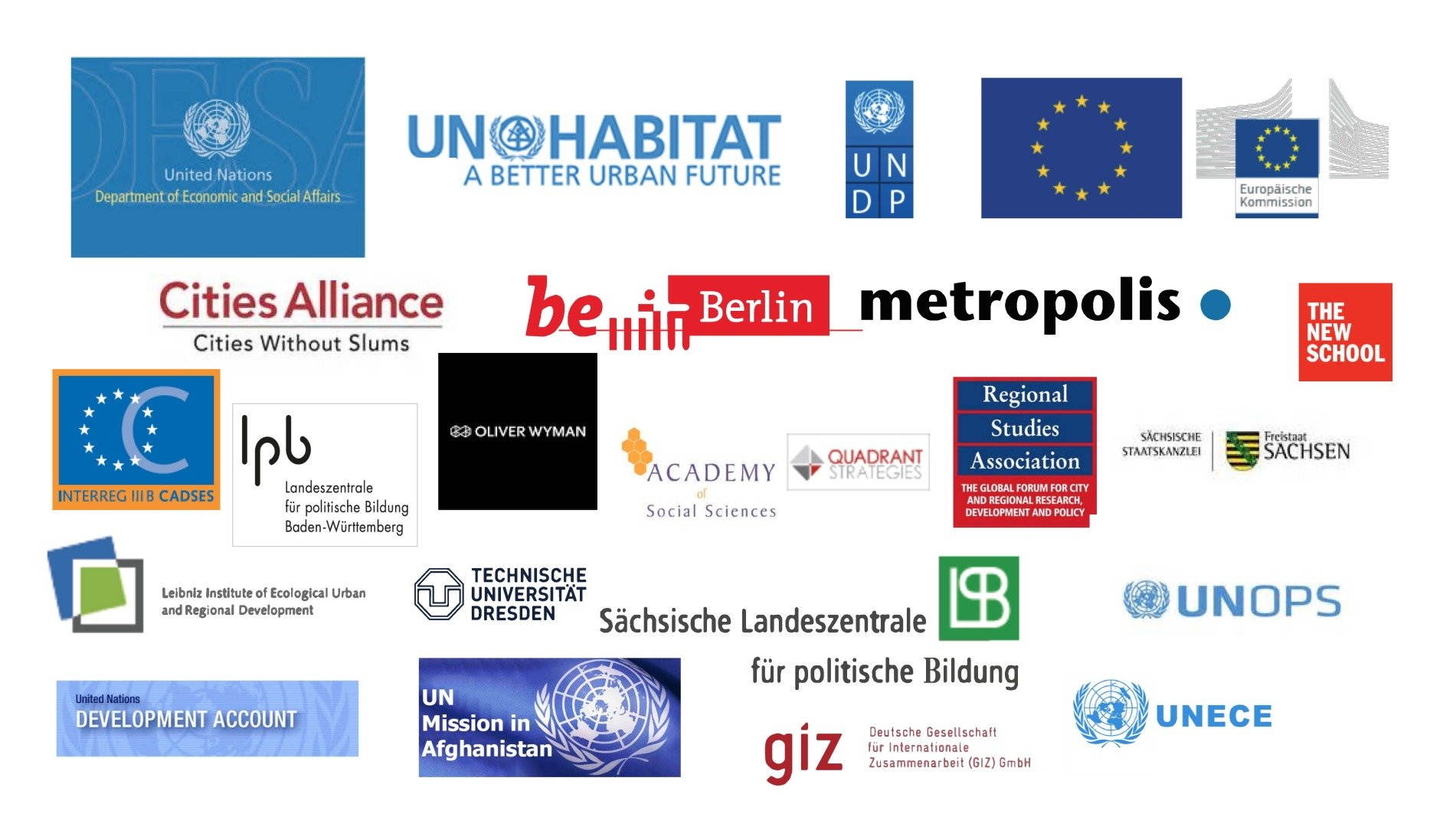Utilizing the Corona low for personal and professional growth - The experience of a self-employed consultant
Corona took and takes its toll
On my side: I was fortunate by staying healthy. Workwise, there were even new assignments. Nonetheless, one study could not be finished as expected without own survey work on the ground. And one other cooperation with multiple major stakeholders simply run dry during lockdown. Many activities (and with them income opportunities) were either cancelled, cut down or postponed till 2022. And then of course, I was thrown back on myself sitting in my home office and thought about how I could turn the lockdown into a chance for personal and professional growth. There was no moment of divine revelation but the gradual learning and growing inspired by lots of reading, exchange over the internet and long walks in the forests and fields surrounding Berlin.
The silence of the lockdown inspired also progress, innovation and even a breakthrough
Many say that it would be a huge advantage if you have a long track of experience. It's true but there are also challenges. For instance, how do you make a two minute pitch about 30+ years of work experience in administration, academia and consulting in many different countries? Recruiters usually are not too crazy about reading four or more pages of CV and while they are always impressed by the breadth and depth of my experiences they are often looking for very specialized candidates. So, a first thing I did during lockdown was summarizing key information of my CV, employments, skills, experiences, products and services on a single page. The table below is the September 2021 update of the original one-pager.
Thirty years of work experience on one page
A growing partner network thanks to LinkedIn
To not get stuck and frustrated in your home office is a challenge of its own. Reaching out and communication with others are key. During the pandemic communication through my professional network on LinkedIn helped me to sustain and even grow my existing network of friends, partners and clients in international organizations, governments, academia and civil society. In fall 2019, short before the pandemic kicked in my own network had about 1000 followers. This number has more than doubled to about 2230 followers today.
Of course, followers on LinkedIn are by far not all close partners or even clients. No, the growing number of followers is not more and less than an indication how my posts and messages helped me to stay in touch with my network while there are no or just a few opportunities for face-to-face meetings.
The following chart indicates the number of viewers per post on LinkedIn between January and August 2021. I included into the chart mostly those LinkedIn posts which promoted posts of my own blog.
Source: Own compilation of viewers per post
Profile development with support of a blog
I tested very different posts and learned from the different interest which they generated among different viewer groups. The above chart gives proof of a moderate but steady growth of viewer numbers. Of course, it needs to be acknowledged that my subjects as governance and management adviser are not comparable to the posts on food, fashion and love by famous musicians or actors on Instagram or Twitter.
What cannot be seen from the chart but what is also happening is an increasing interaction with my network through their likes, comments, re-shares and private mails (community engagement). A very important aspect is that with each post I expose myself to a public audience. Thus, posting and blogging is also an intellectual workout that tells me where I stand and it allows me to test new ideas and approaches. The main benefit is the development of my public profile and widening and intensifying cooperation. This may not be too much but in times of Corona this makes the difference between publish or perish. And it's a way to break out of the home office. Through posts and comments, I stay in touch and develop new ideas with colleagues and partners. In doing so, I not only experienced that it is indeed possible to substitute face-to-face dialogue by internet communication. It even allowed me to find new friends whom I haven’t met yet once in real life – something which needs to be changed at the soonest.
To anybody intending a similar approach to mine I recommend to develop a clear and long-term social media marketing strategy. I did that with help of literature including the book 'Social-Media-Marketing für Dummies' by Gero Pflüger (Wiley Verlag 2020, 375 pp).
A breakthrough by finding new clients in the private sector
I am aware that social media marketing is not like direct marketing. A blog post or LinkedIn post generates only in the exceptional case new clients and partners. Rather it is a tool to keep and develop partner and client relations. However, out of these contacts some may either become friends, partners and/or clients. And this happened to me during the lockdown. Looking back at more than 18 months of working under conditions of the Corona pandemic I even can report about a real breakthrough.
Until 2019 my partners and clients were almost exclusively from the public sector: international organizations, national and local governments and academic institutions. In many countries the spheres of private and public sector are divided and it is difficult to switch back and forth. Some even say, that the employability in the private sector goes down if you worked more than five years in public administration. However, I even worked for 25 years in the public sector before I switched to the private sector setting up my own consultancy. I still work predominantly for public institutions and it took another five years before private companies (small, medium sizes but also major global consultancies) got interested in my experience and started contracting me. As the one-page table at the beginning of this blog demonstrates the main changes in 2020 and 2021 are related to the establishment of business-to-business client relationships.
It makes me proud that the breadth and depth of my experiences is finding new interest but of course challenges remain when bridging between public and private sector: Some companies, when they talk about governance mean exclusively corporate governance while my background is in public governance. Also, major companies who want to enter the field of strategy development for sustainable development hesitate for a while when they realize that dynamic cooperation processes with many public and private stakeholders across several policy fields and policy levels makes the short-term revenue calculation a big challenge. In spite of such challenges, I am glad about changes taking place.
The lockdown provided me with plenty of time for study and personal growth which I wouldn't like to miss. Taking a distance from daily routines helped me to sharpen my eyes for the smaller but important things in life, for needs and own strengths and opportunities. The Corona low definitely supported my personal and professional growth. If now governments of the world would re-fresh and intensify their commitments to multilateral cooperation and integrated policy agendas like the Agenda 2030 for Sustainable Development, I don’t have to be concerned about my recovery from the Corona low.
Please read also my post of 1 January 2021 'Remote work: Overcoming the silo of the home office'
http://ugraute.de/overcoming-the-silo-of-the-home-office
The figure above serves only to visualize current and past clients, employers and partners of Ulrich Graute since 1989
Policies and Governance for Resilient and Sustainable Cities and Regions












